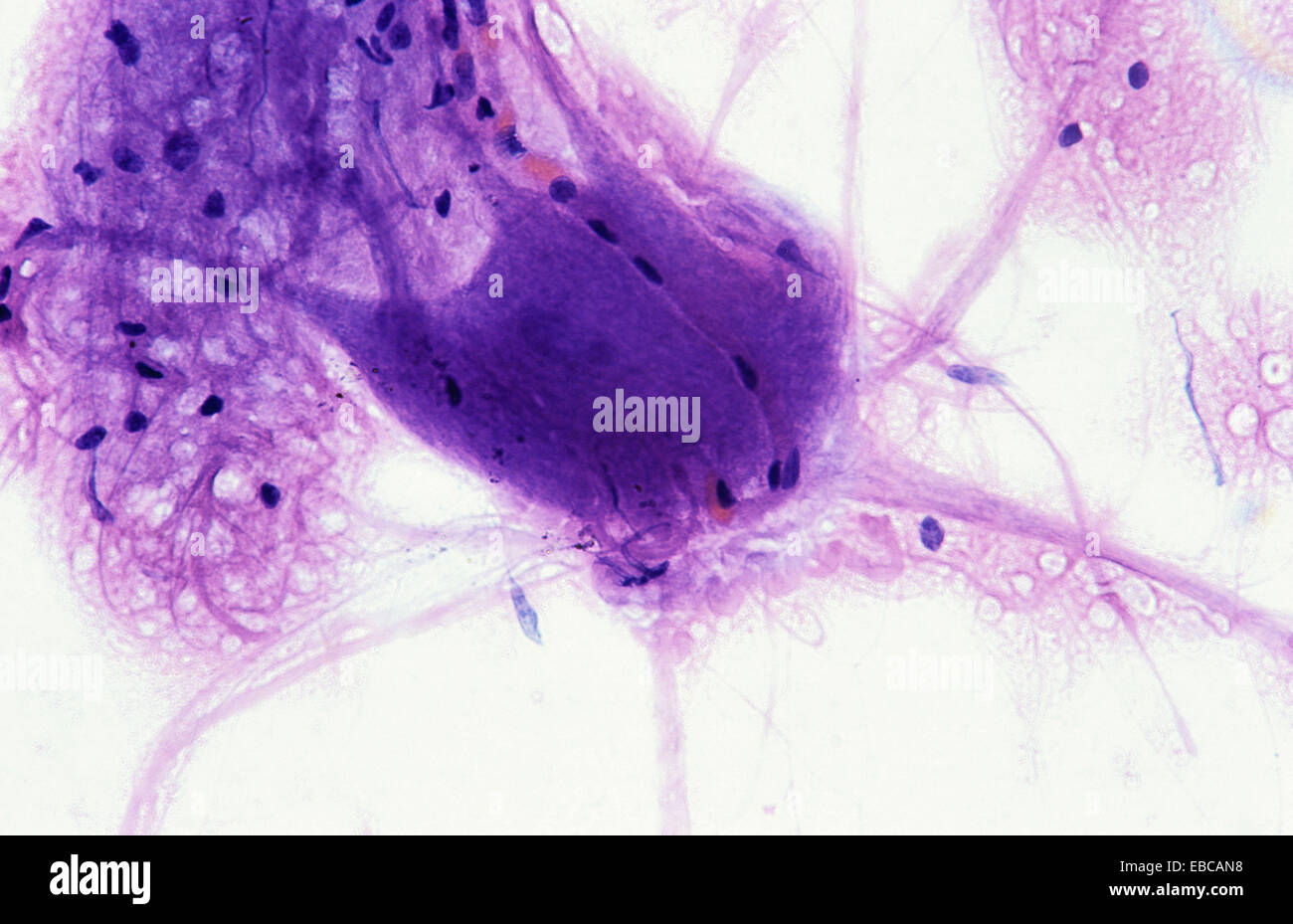


Unlike many other cell types, most neurons are not replaced during an animal's lifetime, yet they can be damaged by physical traumas or immune attack. Axons and dendrites have distinct proteins targeted to them, as well as different cytoskeletal arrangements ( Craig and Banker, 1994). Neurons are highly polarized cells many neurons have several dendrites that receive information and a single axon to send information. We conclude that regulation of microtubule dynamics and polarity in response to JNK signaling is key to initiating regeneration of an axon from a dendrite. In addition, we find that JNK signaling is required for both the up-regulation of microtubule dynamics and microtubule polarity reversal initiated by axon injury. Only neurons with a single dendrite that reverses polarity are able to initiate tip growth, and normal microtubule plus-end dynamics are required to initiate this growth. After one dendrite reverses its microtubules, it initiates tip growth and takes on morphological and molecular characteristics of an axon. Two major microtubule rearrangements are specifically induced by axon and not dendrite removal: 1) 10-fold up-regulation of the number of growing microtubules and 2) microtubule polarity reversal. We show that Drosophila neurons in vivo can convert a dendrite to a regenerating axon and that this process involves rebuilding the entire neuronal microtubule cytoskeleton. For neurons to recover from complete axon removal they must respecify a dendrite as an axon: a complete reversal of polarity. Axon regeneration is crucial for recovery after trauma to the nervous system.


 0 kommentar(er)
0 kommentar(er)
